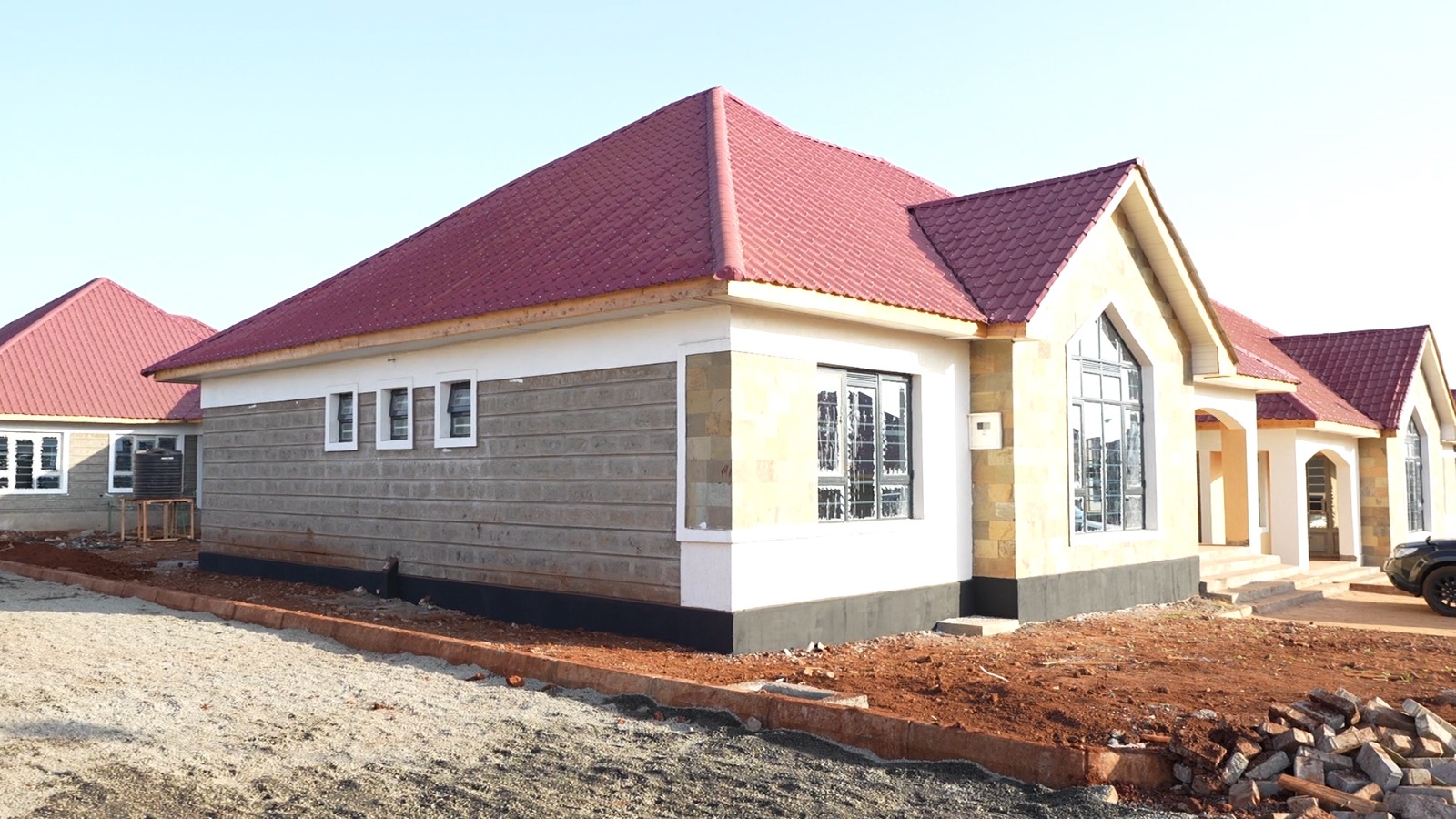In today’s competitive property market, solar positioning in Kenyan real estate is emerging as a silent value booster. While location, finishes, and pricing often dominate buying decisions, the orientation of a house in relation to the sun can significantly affect energy efficiency, comfort, and long-term resale value. From Nairobi to upcoming towns like Kitengela and Juja, both developers and homeowners are beginning to realize that designing with the sun in mind isn’t just eco-conscious — it’s economically smart.
For savvy investors, developers, and homeowners, understanding the impact of the sun’s path on house design in Kenya is no longer just a technical concern—it’s a competitive advantage.
Solar Positioning in Kenya: Why It Matters More Than You Think
Kenya lies near the equator, giving it a unique solar path that remains relatively consistent throughout the year. This equatorial position offers abundant sunlight—but how that sunlight hits your home can determine whether you enjoy a cool, well-lit space or endure overheating and unnecessary energy bills.
Proper solar positioning in Kenya’s real estate design maximizes passive solar gain in the cooler months and reduces heat build-up during hot afternoons. Homes designed with this principle enjoy:
- Natural lighting without harsh glare
- Reduced electricity bills from lower lighting and cooling needs
- Enhanced comfort and indoor air quality
- Improved resale value due to sustainability features
Red Also: Property Developers in Kenya: Shaping Modern Living Across Nairobi and Beyond
Designing for the Sun in Kenyan Homes
Most traditional home designs in Kenya fail to leverage solar direction. The result? Over-lit kitchens, dark living rooms, and overheated bedrooms. Strategic house design based on solar orientation can address these issues by aligning key rooms with the sun’s movement:
- East-facing rooms (especially bedrooms): Catch the morning sun, ideal for early risers and cooler sleep at night.
- North-facing walls (in equatorial climates like Kenya): Receive consistent but gentle light throughout the day. Great for living rooms and family areas.
- West-facing walls: Get the harshest sun in the afternoon. These walls should be minimized or heavily insulated, especially in bedrooms.
- South-facing walls: In Kenya, these are generally cooler and ideal for utility areas, staircases, or garages.
In modern housing developments, smart orientation improves not just liveability but also resale metrics—especially in gated communities in Nairobi where design uniformity can otherwise reduce differentiation.
Energy Efficiency and Resale Value: The Hidden Link
Buyers are increasingly drawn to energy-efficient homes in Kenya, especially in Nairobi and its suburbs like Syokimau, Kitengela, and Kamulu. Homes with proper solar alignment need less air conditioning and artificial lighting, making them more appealing for eco-conscious buyers and investors.
A 2023 Kenya Green Building Society (KGBS) report showed that homes with passive design features fetched up to 18% higher resale value compared to conventional units in similar neighborhoods. Solar-aware design is now being considered a soft luxury—not immediately visible, but deeply appreciated by informed buyers.
If you’re looking to buy homes in Kenya or develop properties for resale, incorporating solar planning may be the single most cost-effective way to future-proof your investment.
Solar in Estate Planning: Are Developers in Kenya Adapting?
Some real estate developers in Nairobi are already incorporating solar positioning into their masterplans. This includes orienting entire rows of houses along optimal sun paths, planting heat-buffering vegetation, and even pre-installing solar panels on rooftops.
However, there’s still room for broader adoption. Many developments prioritize road alignment or maximum units per acre—often compromising optimal solar angles. Forward-thinking developers who adopt solar-sensitive design will stand out in a crowded market, especially with the rise of affordable housing developers in Kenya where efficiency is key to affordability.
Practical Tips for Buyers and Builders
Whether you’re a buyer, builder, or developer, here’s how you can use sun positioning to your advantage in Kenya:
- Visit a property in the afternoon to check indoor heat buildup.
- Ask for architectural drawings that indicate sun path orientation.
- Use local solar mapping tools or consult architects trained in passive solar design.
- Plant trees or install shades on west-facing walls to reduce overheating.
- Position solar panels on north-facing roofs for consistent sun exposure in equatorial Kenya.
The Sun as a Design Partner in Kenyan Real Estate
In the competitive and increasingly sustainability-focused world of real estate, the angle of the sun is no longer just a detail—it’s a driver of comfort, energy use, and property value. For real estate developers in Nairobi and other regions of Kenya, designing with the sun in mind can set their projects apart, reduce long-term costs, and boost buyer appeal.
At Willstone Homes, we believe smart homes begin with smart design. Whether you’re looking at houses for sale, investing in properties for sale in Kenya – Nairobi, or joining a master-planned gated community, always ask: Which way does the sun rise on this plot?
Read Also: Off-Plan Deals That Deliver: How to Separate Hype from Value in Kenya’s Property Market



